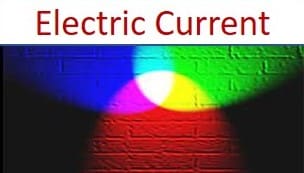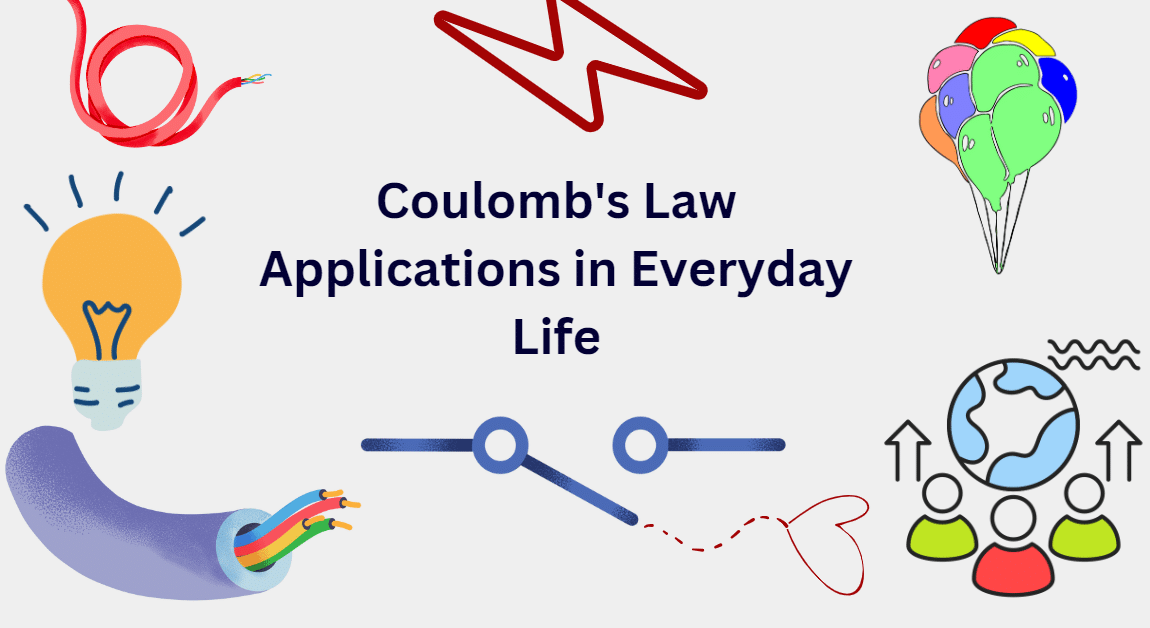Electricity is generated in power plants that can harvest electrical energy from primary energy sources. Primary energy sources could be renewable (wind, solar power, tidal power, etc.) or non-renewable (coal, natural gas, oil, etc.). Fossil fuels like coal are turned into electricity by burning them to make steam to turn a turbine; unfortunately, this makes …
Search results for: electricity
Distilled water does not conduct electricity. It is a pure form of water that contains no dissolved impurities and thus no free ions to conduct electricity. The pH of distilled water is neutral (neither acidic nor basic).Basically, free ions are responsible for carrying an electric current through water. When a potential difference is applied across …
Static electricity is the electrical phenomenon that causes your heirs to rise after rubbing a balloon on them.Before delving into numerous examples of static electricity in our daily lives, we must first understand the scientific meaning of static electricity.In scientific terms, static electricity is a non-moving imbalanced charge. It is the accumulation of an electrical charge on an object’s surface. It represents the extra charge in an electron transfer, which occurs often …
Electric current (current electric) refers to the rate of flow of negative charges in a conductor.In simple words, an electric current is the continuous movement of electrons in an electric circuit. The conducting substance (mostly metal) is made up of a vast number of free electrons that travel randomly from one atom to the next. …
Coulomb’s Law is all about how charged things (like balloons or socks rubbed on carpet) attract or repel each other. It says that the amount of attraction or repulsion depends on two things: how much charge each object has, and how far apart they are. Imagine two magnets – if you hold them close together, …
The permittivity of free space is a big and fancy term used in science to describe how easy or hard it is for electricity to travel through nothing, also known as a vacuum. Just like how a ball moves more easily through the air than through water, electricity can move more easily through some materials …
When molecular hydrogen (H2) and oxygen (O2) are combined and allowed to react, energy is released and the molecules of hydrogen and oxygen can combine to form either water or hydrogen peroxide. However, hydrogen does not react with oxygen at room temperature, a source of energy is required to break the covalent bonds that hold …
Most wind turbines are built with rotor-mounted blades resembling aeroplane propellers. When air passes through them, the rotor turns a shaft, which powers an electrical generator. In an ideal world, a wind turbine would convert 100% of the wind that passes through its blades into power. However, due to friction, these wind turbines only have …
According to the law of conservation of energy, energy cannot be created or destroyed; it can only change forms. As a result, various energy formulas exist. To understand how these formulas are expressions of the same thing, first grasp the concept of energy. Energy is defined as the ability to perform work. Energy comes in a …
Energy transformation refers to the transfer of energy from one form to other. According to the law of conservation of energy, energy is always conserved in the universe and simply transforms from one form to another, with various energy transformations occurring in daily life. Energy is defined as a body’s ability to perform work. There are …
A dam forms a large reservoir of water with a large elevation difference. The difference in elevation between the water behind the dam and the river downstream generates potential energy, which can be converted to mechanical energy by rotating turbines. Hydroelectric turbines spin like a carousel around a vertical axis to spin magnets within an …
Secondary energy sources, also known as energy carriers, are generated by transforming primary energy sources like solar, wind and hydro energy. They transmit usable energy from one point to another. Common examples of secondary energy sources are petrol, hydrogen and electricity. Primary energy resources are those found in nature. They include fossil fuels (petroleum, natural …
A thermochemical calorie (small calorie) is the amount of energy required to heat one gramme of water by one degree Celsius. Its British Imperial equivalent, the BTU, is defined as the amount of heat required to raise the temperature of one pound of water by one degree Fahrenheit. Moreover, we have to distinguish between a small …
Green energy is defined as energy derived from renewable sources. Solar energy from the sun, geothermal energy from heat within the earth, wind energy, biomass from plants, and hydropower from flowing water are the primary renewable energy sources. Green energy got its name because its production emits no toxic greenhouse gases into the atmosphere, resulting …
Energy is defined as the ability to perform work. Energy comes in a variety of forms. Here are some examples of common energy types. 1. Thermal Energy Thermal energy is the energy produced by heat. It is the kinetic energy associated with the random movement of molecules in a material. The kinetic energy of molecules …



